It was the first time the Nagold volunteer fire service was alerted to a major fire in an underground car park beneath an apartment building at 3:01 a.m. on 8 July 2023. The residents of the house with 16 residential units had already left the building. At the end of the operation, fire chief Thomas Reiff was glad that no one was injured, including firefighters, which would not be unusual in such an operation. Since then, the issue of underground car park operations has received increased attention from the Nagold Fire Service.
High strain on the emergency personnel
Almost zero visibility, high temperatures and the loud alarm systems of the cars in the underground car park were a significant strain for the firefighters as they attempted to attack the fire. The thermal imaging camera showed 800 to 900 °C. Shortly after the first entry into the underground car park through the garage door began, the team had to retreat for the time being. A mobile fan was used to extract smoke and reduce the temperature so firefighters could re-enter the underground car park.
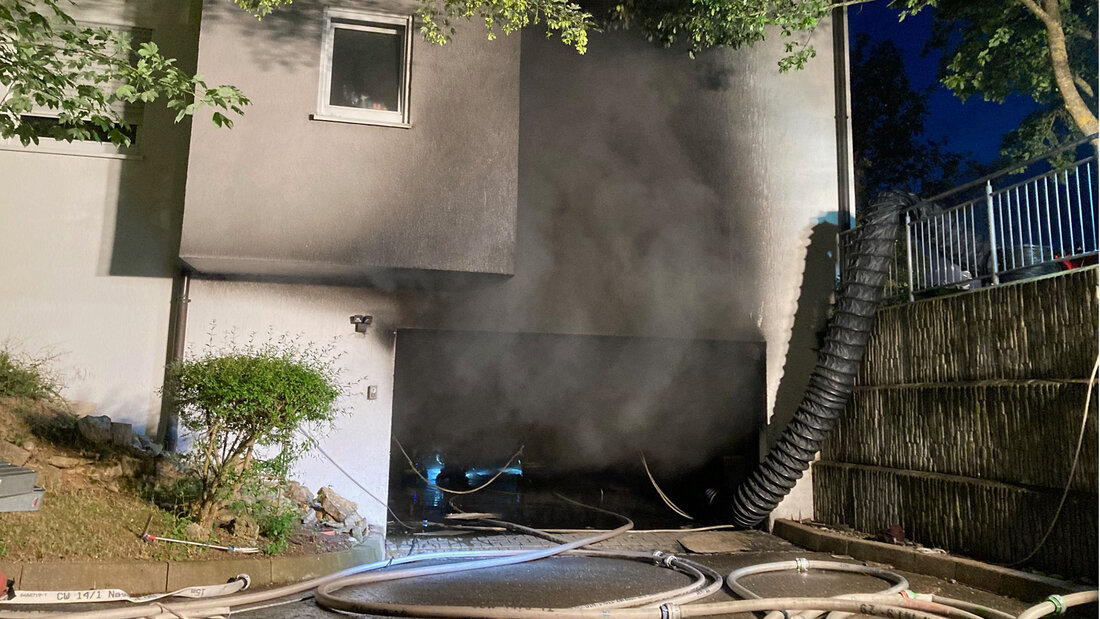
Firefighting from the outside
When flames came out of a ventilation shaft, the fire had to be contained from the outside. To contain the fire, the shaft was flooded with medium expansion foam. The foam spread throughout the underground car park, causing hot water vapour to form in the entire underground car park. Therefore, the firefighting attack in the underground car park had to be briefly interrupted.
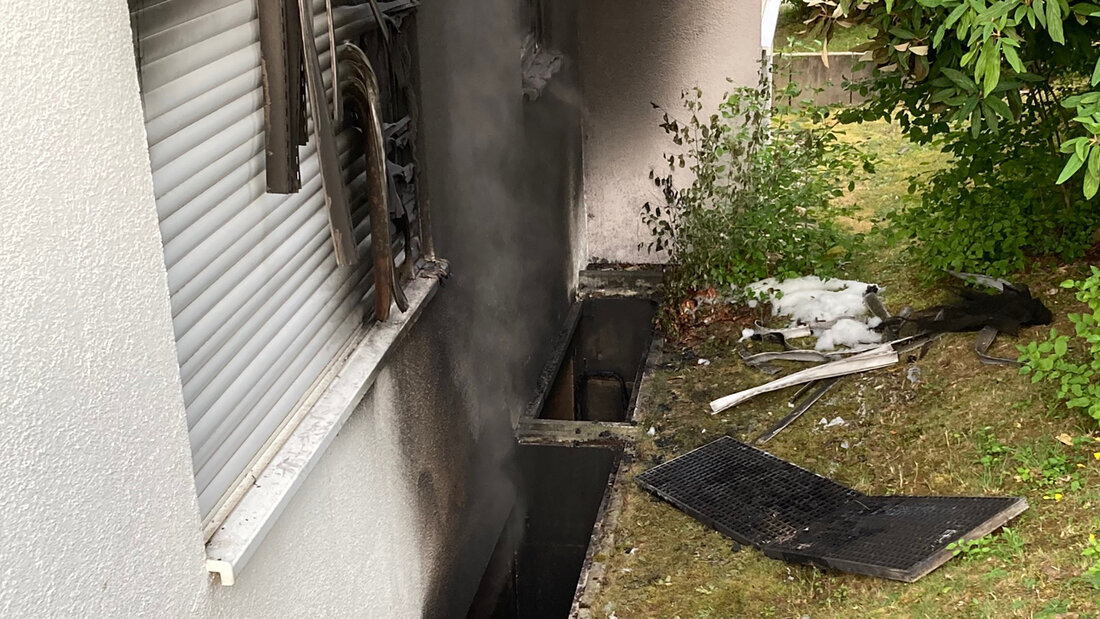
38 firefighters in action
Overall, only short stays in the underground car park were possible due to the high heat load, which led to a high demand for personnel: 38 firefighters were deployed with BA. Their single-bottle BA were sufficient because it was not the reserve of breathing air but the heat load that limited the operating time.
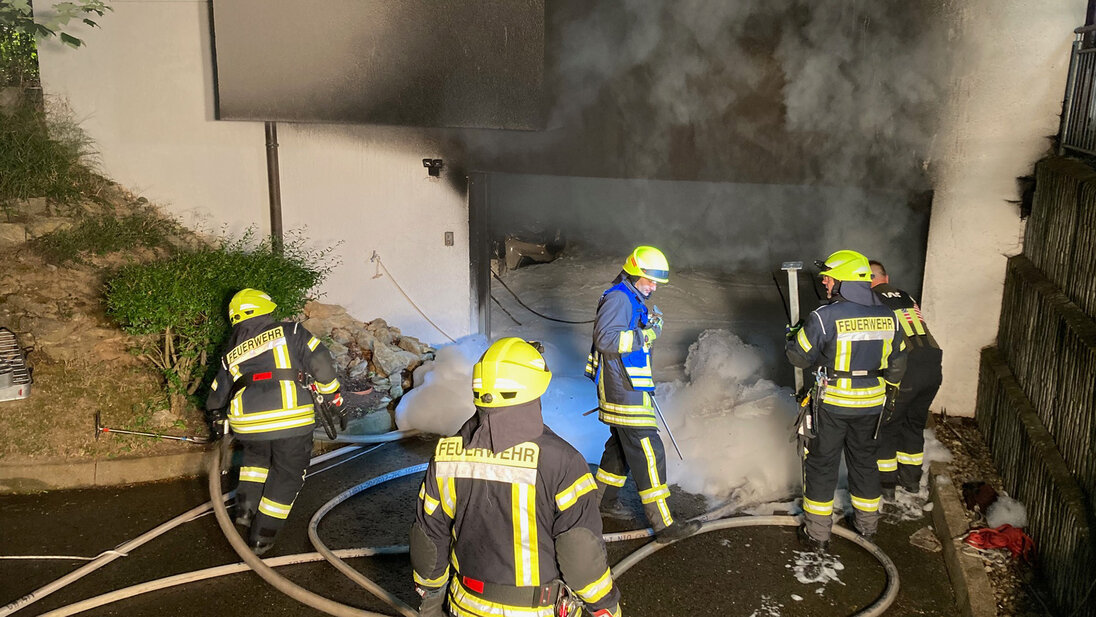
«Wandering» fire irritates firefighters
During their fire attack - still under poor visibility conditions - the firefighters had the impression that the fire was wandering. It was perceived left and right, front and back. At this point, it was not yet clear that the fire had engulfed a total of 8 cars and one motorbike.
Massive structural damage to the building
Already during the operation, cracks appeared in the building. In addition to a structural engineer among the firefighters, a structural engineer with knowledge of buildings was requested via the property management. Both confirmed that the building had significant localised structural damage. In the underground car park, there was severe spalling on the ceiling and concrete pillars. An acute risk of collapse was not identified.
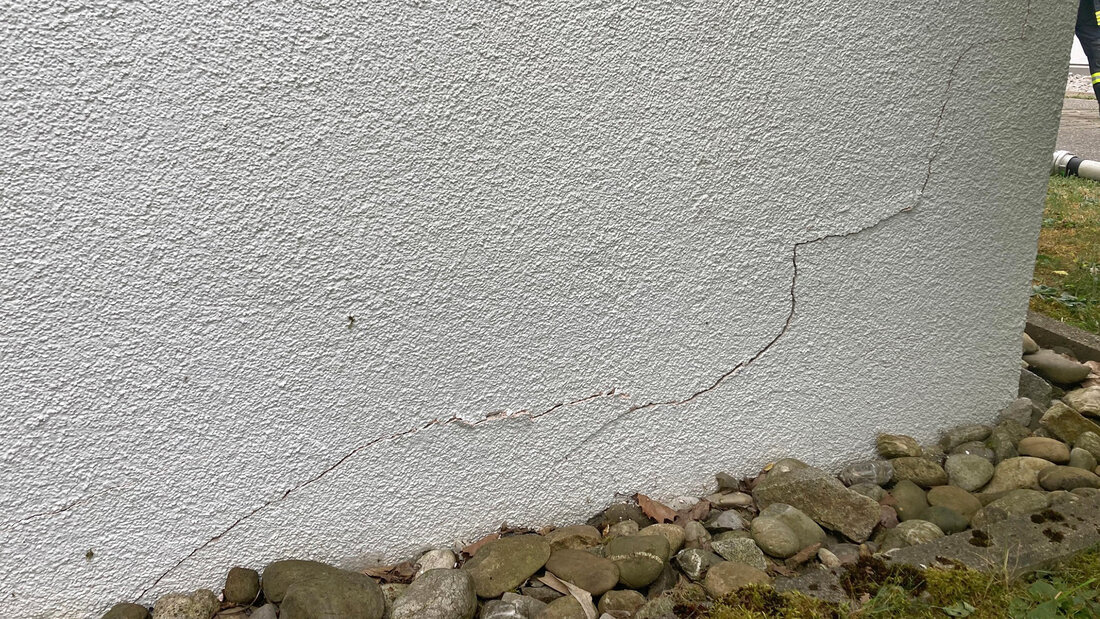
High carbon monoxide concentrations in the house
The airlock between the underground car park and the stairwell withstood the fire so that the stairwell remained smoke-free during the operation. Nevertheless, it was only possible to enter the flats to secure important objects by wearing breathing protection. High concentrations of carbon monoxide were measured throughout the house. The gas had apparently spread through the ceilings. Furthermore, smoke was seeping into the flats through electrical sockets.
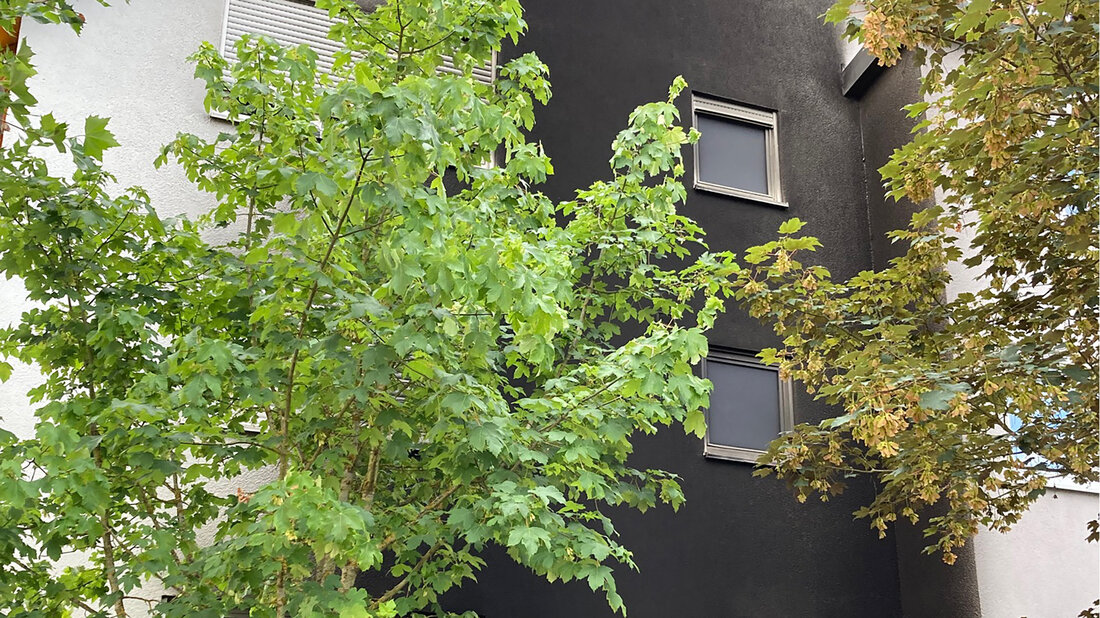
Preparation for underground car park operations
At the end of his operational report, Thomas Reiff emphasised that preparation for underground car park operations was now increasingly on the agenda: The penetration depths are greater than in a house fire. The high temperatures and the extremely thick smoke put a heavy strain on the emergency personnel. The structural damage to the building can quickly take on threatening levels. In addition, the background noises (alarm systems) make deployments considerably more difficult. Preparing for these more difficult operating conditions is an important concern for him.


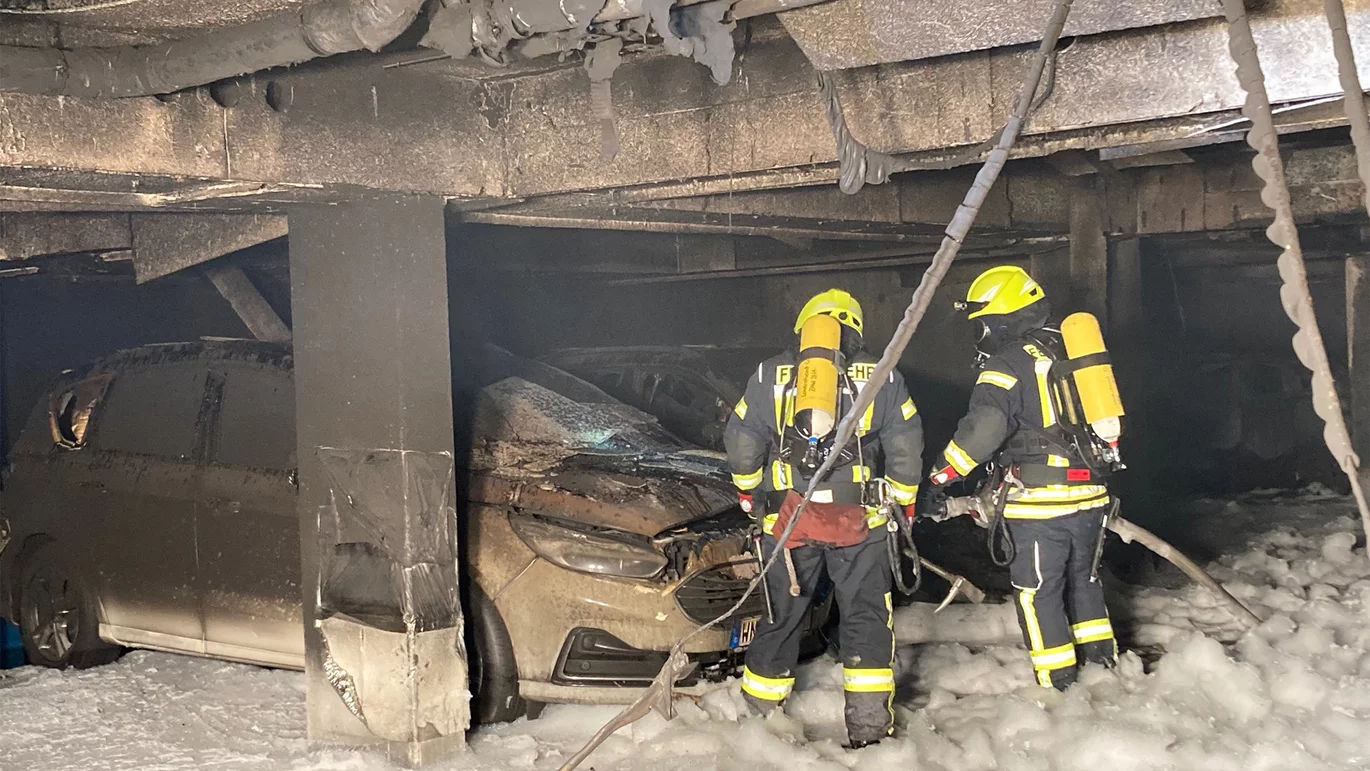
![[Translate to English:] Thomas Reiff [Translate to English:] Porträt Thomas Reiff](/fileadmin/_processed_/5/e/csm_ifa_MAG_645_Reiff_0cabd41079.webp)